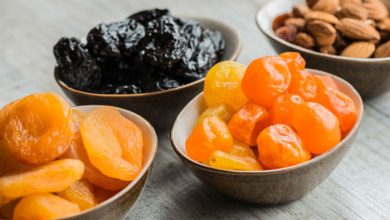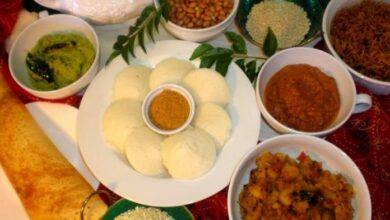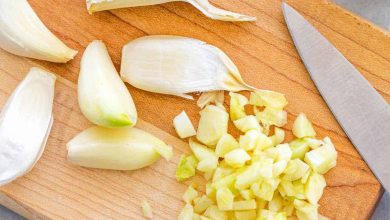All You Need To Know About Rice: History, Climatic Condition, Medicinal Values
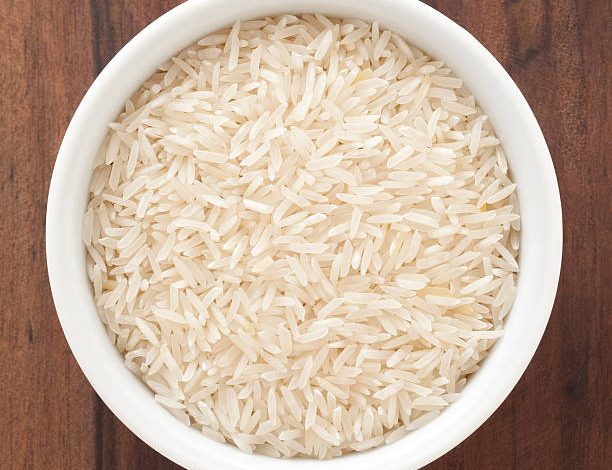
Rice or paddy is the staple food of many people in the world. In most Asian countries, rice is consumed daily with curries and soups. Also, the poorest people of Africa rely on rice to fill their daily carbohydrate needs. The alluring taste of rice is loved by people all around the world. Apart from a mouth-watering taste, rice is full of nutritional values. It is a good source of carbohydrates, calcium, iron, thiamine, and folate. Presently, China is the largest producer of rice, followed by India, Indonesia, and Bangladesh. However, when it comes to Basmati rice, India holds the 1st position. India is the largest producer and exporter of long grain Basmati rice.
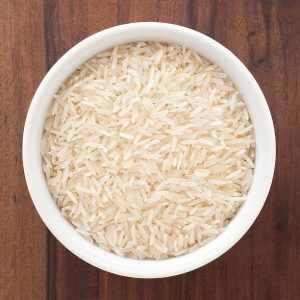
Although there are three varieties of long grain rice, the American long-grain rice, Basmati rice, and Jasmine rice, nobody can beat the taste, aroma, and taste of Basmati rice. It is majorly cultivated in the Indian region and is supplied all over the world. Kasturi Basmati, Mahi Sugandha Basmati, Pusa Basmati, Ranbir Basmati, Sella Basmati rice, Vallabh Bhai Basmati are some of the popular varieties of Indian Basmati rice.
History Of Rice:
According to the relics of history, rice was first grown in the region of the Yangtze River Valley of China. But some researchers also claim that rice cultivation first started in the Ganges river valley of India. Later on, other Asian countries also started rice plantations on their farms. The two oldest species of rice were Oryza sativa and Oryza glaberrima. O. sativa was grown in the Asian region, whereas O. glaberrima was cultivated in the African sub-continent.
Cliatic And Soil Requirements For Rice -:
Paddy grain is grown in hot and humid climates. Areas that have high humidity, extended sunlight and large amounts of water are best for rice cultivation. The temperature between 21 to 37º C is perfect for the farming of this crop. The rice crop does not tolerate more than 42º C temperature.
Talking about the soil, rice farming is generally practiced on silt clay, clay, and clay loam soil. These soils have high humidity content and are fertile enough for the proper growth and development of paddy. The rice can also be grown in alkaline and acidic soils, but it can hinder the growth of the crop. The favorable pH value of soil for the cultivation of rice is between 5.5 to 7.0.
Nutritional Content Of Rice -:
Rice is full of healthy nutrients like vitamin A, carbohydrates, iron, zinc, folic acid, proteins, etc. Although white rice is good for health, brown rice has more nutritional value. Brown rice is a good source of fiber that helps to improve your digestion. Also, it is great for reducing weight. The brown rice is also known as unprocessed rice and contains germ, endosperm, and bran. The bran is the outer part of the grain and is not present in the white rice; it makes the unprocessed rice less fibrous.
Medicinal Value Of Rice -:
You will be surprised to know that rice has several medicinal properties. In many countries, the bran part of the rice is used in vitamin B supplements. The bran part of rice is also very helpful in treating beriberi. The husk of mature rice plants is very effective in treating stomach related problems such as loose motions. Also, the face pack of rice water helps in regaining the suppleness and tenderness of the skin. It helps in healing skin conditions like eczema. You can also use rice water as a hair mask; it stops the hair fall and makes your hair extra shiny.
Different Types Of Rice Species -:
Around 40,000 species of rice are grown in the world. Here are the most popular varieties of rice.
- Basmati rice
- Jasmine rice
- American long-grain rice
- Koshihikari Rice
- Broken or Com Tam rice
- Black rice
The Bottom Line -:
Many people have a myth that rice consumption is not good for health, but it’s not true. Rice is an abundant source of vital nutrients and fiber, which keeps you healthy.
